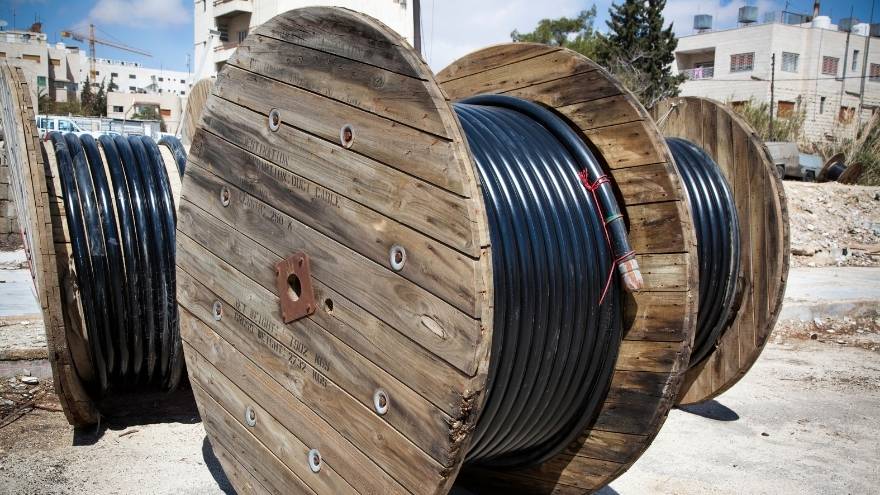Designing efficient and safe electrical systems is an extremely important issue, which is why a number of key parameters must be taken into account during these activities. One of them is the selection of the right cable for the internal power line (IPL). This cable plays an extremely important role, connecting the main power source of the house with the switchboard. Therefore, in its case, we must take into account factors such as long-term current capacity, connection conditions, as well as minimizing voltage drops. In this article, we will focus on these issues, explaining their importance.

Check out the electrical cables at the Onninen wholesaler
Long-term current-carrying capacity in WLZ cables
 The basic criteria for selecting a cable are clearly defined, so they must be adhered to during installation. One of the most important is the current-carrying capacity, which expresses the ability of the cable to conduct current without complications related to overheating, which can lead to the loss of its properties.
The basic criteria for selecting a cable are clearly defined, so they must be adhered to during installation. One of the most important is the current-carrying capacity, which expresses the ability of the cable to conduct current without complications related to overheating, which can lead to the loss of its properties.
Cables and wires of the WLZ require the selection of an appropriate conductor cross-section. The power of the terminal devices and operating conditions, such as the ambient temperature or the way the cable is laid, must be taken into account. The PN-IEC 60364 standards specify guidelines for the maximum current that can flow through the cable without the risk of damage to the insulation. We must also remember to include a reserve for future load increases, especially in some installations where the system may be modernized or expanded. There, the condition of automatic power supply disconnection provides appropriate protection.
Basic conditions for connecting the WLZ cable
 When designing an internal power line , the installation cables and their parameters are of key importance, but the conditions for connecting to the network are equally important. With this in mind, we must remember that in order to select the right WLZ cable, we must adapt it to its installation location - in the ground, in walls or in cable ducts.
When designing an internal power line , the installation cables and their parameters are of key importance, but the conditions for connecting to the network are equally important. With this in mind, we must remember that in order to select the right WLZ cable, we must adapt it to its installation location - in the ground, in walls or in cable ducts.
Equally important is the appropriate protection of cables against mechanical damage and the effects of weather conditions.
How to minimize voltage drop in the WLZ cable?
![]() Voltage drop is a big challenge for designers, especially in long-distance cables. Therefore, if the voltage drop is too large, it can contribute to improper operation of electrical devices. Worse still, it can also lead to increased energy losses. To prevent or minimize this phenomenon, we need to select the appropriate cable cross-section that will be able to reduce the conductor resistance. Importantly, the larger its cross-section, the smaller the voltage drop.
Voltage drop is a big challenge for designers, especially in long-distance cables. Therefore, if the voltage drop is too large, it can contribute to improper operation of electrical devices. Worse still, it can also lead to increased energy losses. To prevent or minimize this phenomenon, we need to select the appropriate cable cross-section that will be able to reduce the conductor resistance. Importantly, the larger its cross-section, the smaller the voltage drop.
No less important is the length of the power line, the current value and correction factors, such as temperature or cable laying method. The use of copper wires with higher quality insulation is also effective here. Such a copper wire with a large cross-section works especially well in reducing voltage losses, which is crucial in industrial installations or multi-family buildings. Of course, calculations are always necessary, but thinking about apartments or houses, we can say that aluminum PVC cables are sufficient here.
We asked the question (how to choose a cable for a WLZ?) and tried to answer it as best as possible - comprehensively and exhaustively. We hope that our article explained the most important issues related to the selection of a cable for a WLZ!